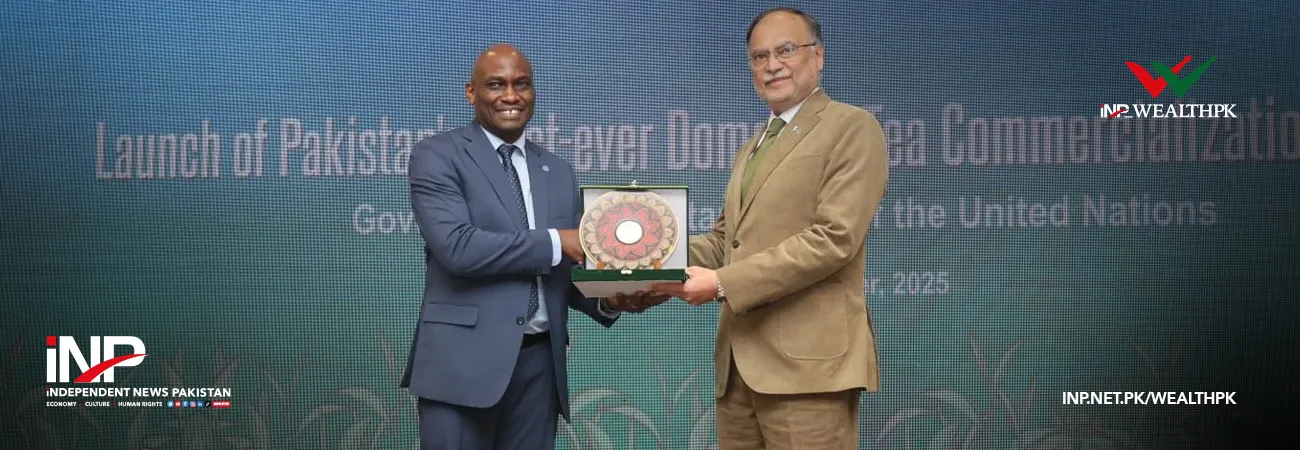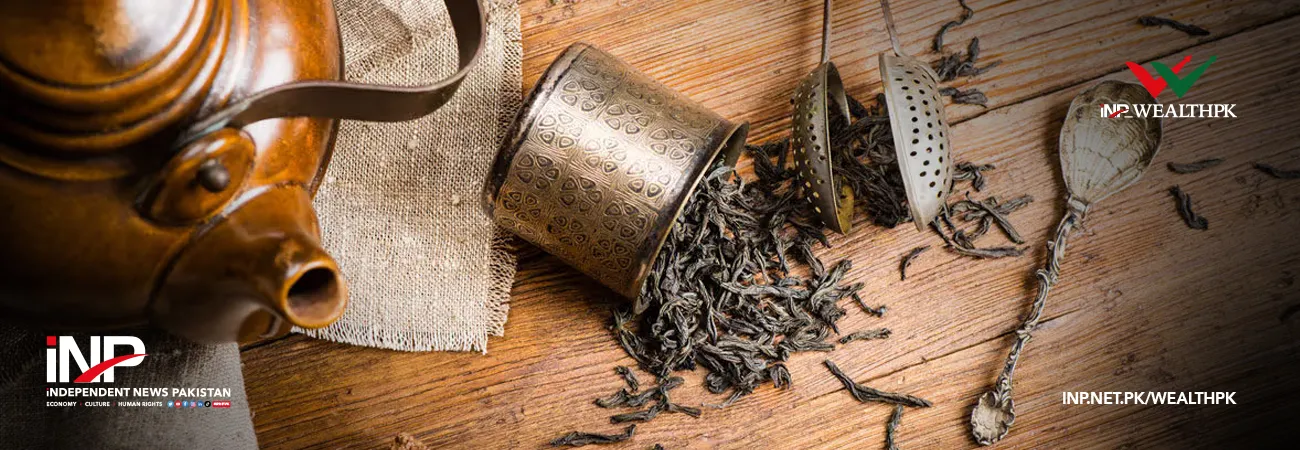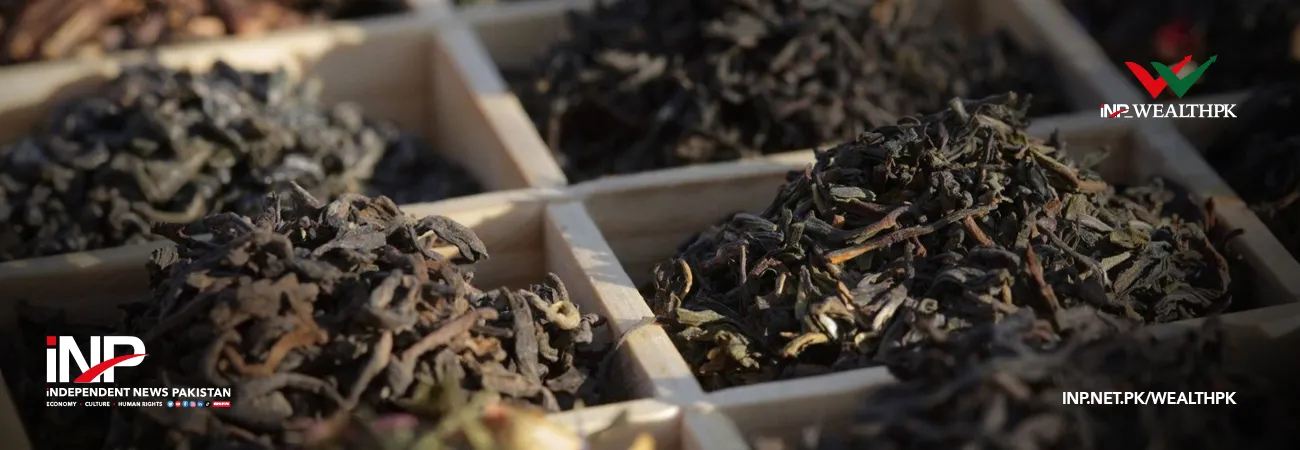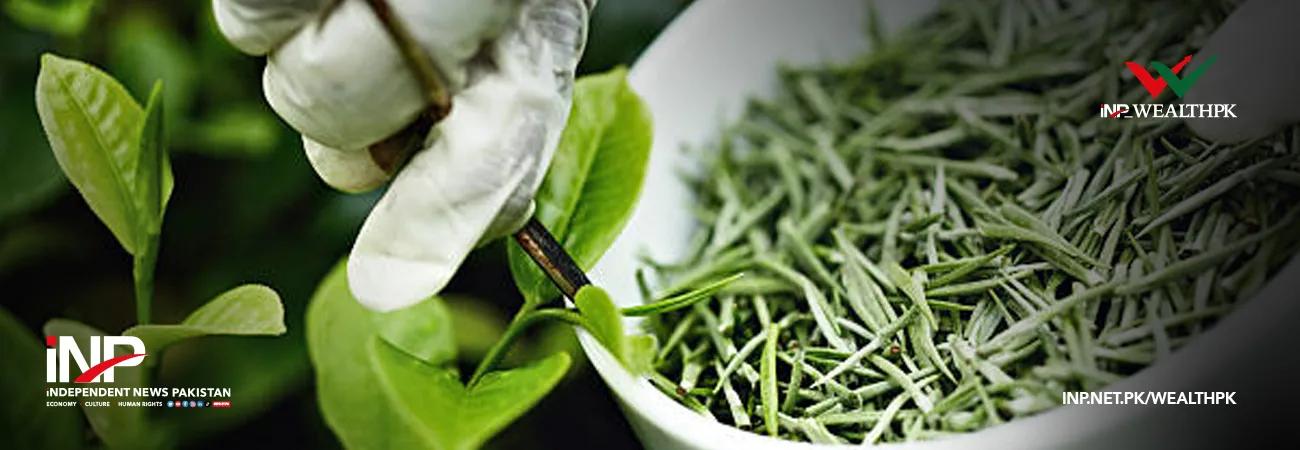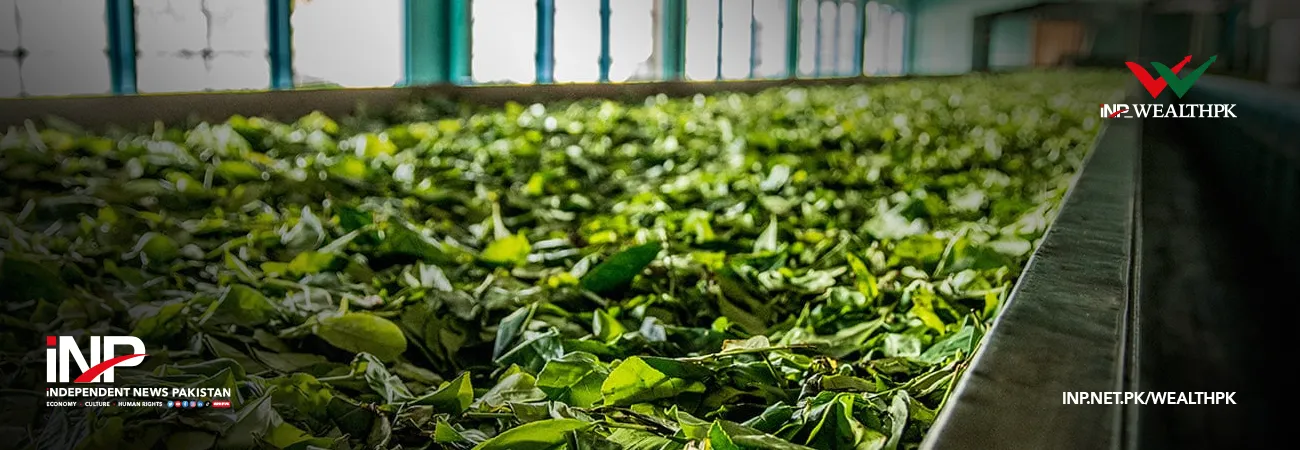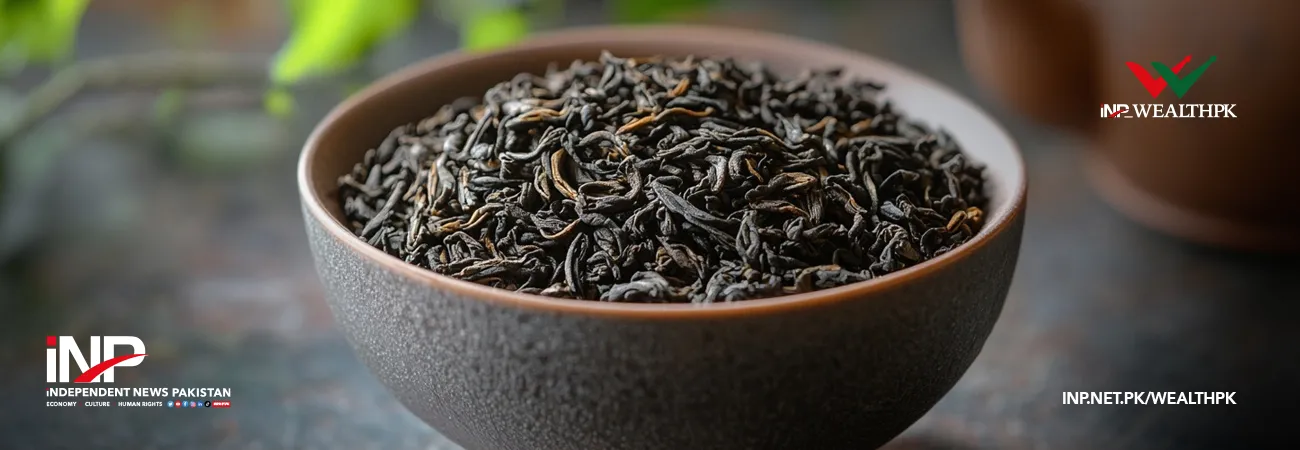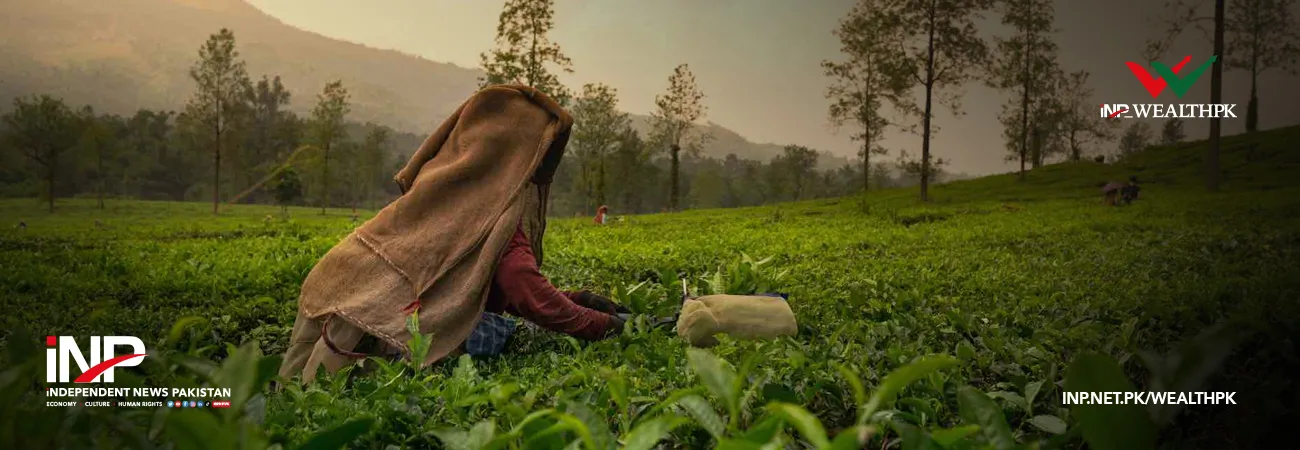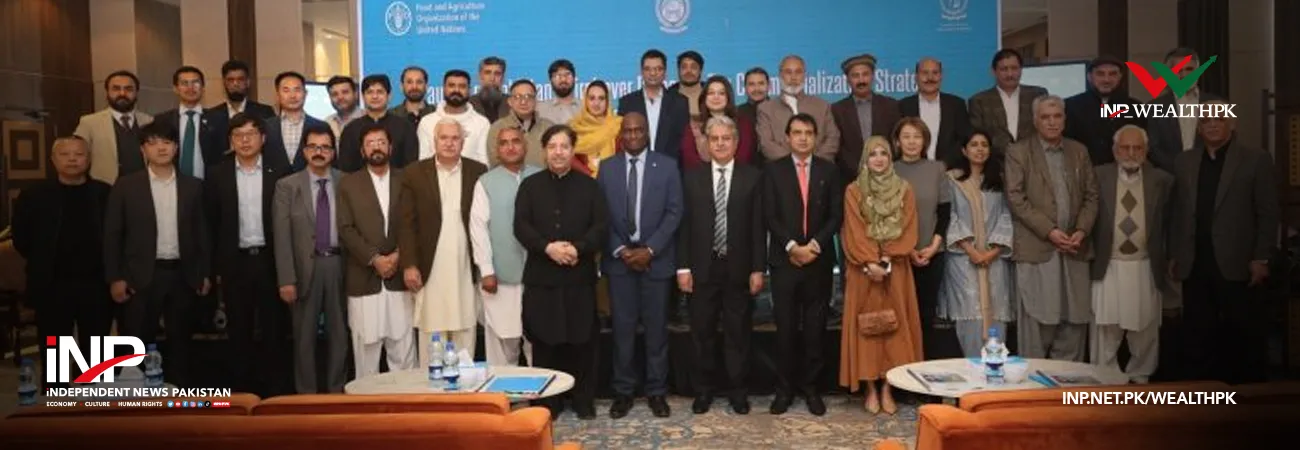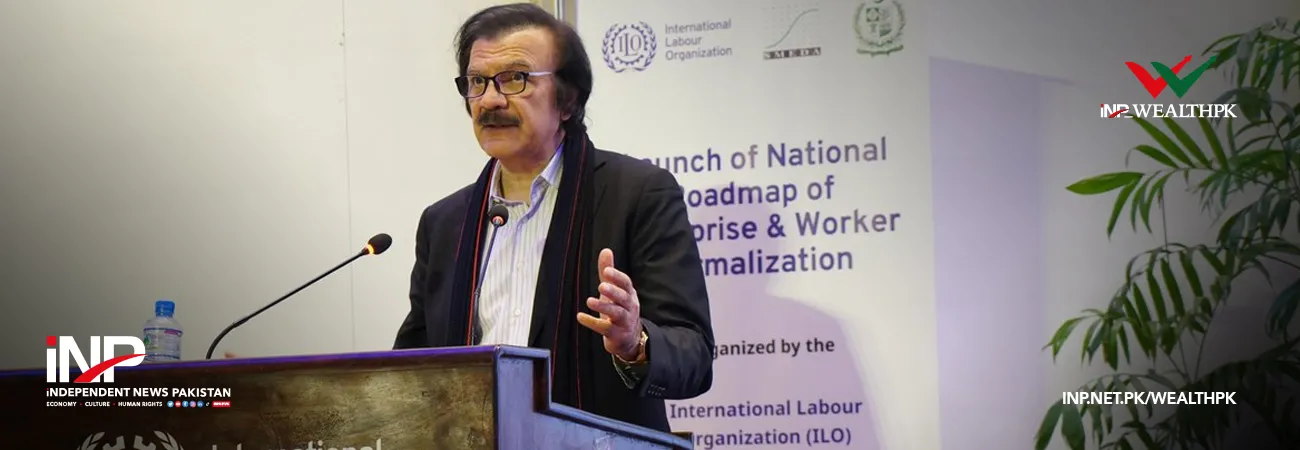INP-WealthPk
Moaaz Manzoor
Amid the ongoing fiscal pressures and external financing challenges, record remittance inflows of $38.3 billion in FY2024–25 have emerged as a key source of stability for Pakistan’s external account, reports WealthPK.

The 27% year-on-year growth, as reported by the State Bank of Pakistan, reflects continued trust and contribution of the Pakistani diaspora at a critical economic juncture. While experts acknowledge the immediate relief these inflows bring, they also highlight the importance of ensuring their sustainability. With growing reliance on remittances, there is a pressing need to align them with broader economic goals by gradually shifting from a consumption-based model toward one that supports long-term investment, productivity, and national development.
Speaking with WealthPK, Uzma Aftab, Senior Research Associate at the Policy Research and Advisory Council (PRAC), said, “Remittances have solidified their role as Pakistan’s critical external lifeline, providing essential stability amid persistent economic headwinds. However, this ‘backbone’ remains structurally precarious, burdened by over-reliance on low-skilled migrants, vulnerability to Gulf Cooperation Council (GCC) policy shifts, and significant leakage via informal channels.” She recommended converting remittance flows into a longer-term strategic asset.
This includes expanding Roshan Digital Accounts to include Special Economic Zones and agriculture, encouraging diaspora investment in infrastructure through bonds, and aligning technical education programs with GCC labor demands. These shifts could help embed remittances into Pakistan’s development planning rather than merely plugging fiscal gaps or supporting household consumption. Echoing these sentiments, Ali Najib, Deputy Head of Trading at Arif Habib Limited, said, “This sharp rise reflects improved global economic conditions and a growing shift toward documented financial flows.
It also signals rising confidence in Pakistan’s banking system.” Najib added that the trend supported macroeconomic stability and household resilience. However, he projected a more moderate 3% growth in FY26, suggesting that the current momentum may plateau without new incentives. The sharp increase in remittances comes at a time when Pakistan is also negotiating with the global lenders and seeking long-term fiscal sustainability.
With rising external debt and limited exports, remittances have become the country’s most reliable non-debt-creating inflow. However, this record-breaking surge demands a strategic shift in how these inflows are utilized. Pakistan must begin reorienting its remittance inflows toward productive sectors such as agriculture, SMEs, and industrial upgrading to reduce its chronic balance of payment vulnerabilities and build long-term resilience.
Credit: INP-WealthPk




